

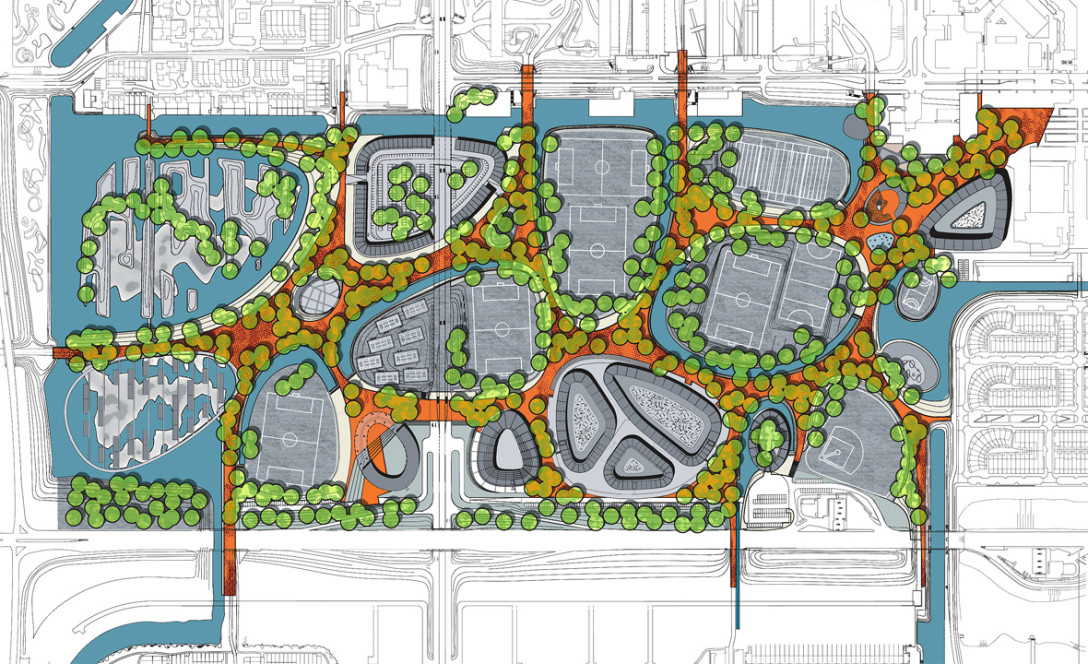
The urban development plan for the Bijlmer district of Amsterdam is inextricably linked with the social ideals of the time in which it was created. The virtually identical building masses were placed in a flowing, landscaped park setting. Vehicle access to the parking garages was via raised avenues. But it is precisely this design that became one of the Bijlmer’s greatest problems. The space between the buildings became an anonymous domain where nobody felt at home, while for public space to function well clear borders are needed. This may appear contradictory, but it is important that in the public space every user or group has its own space. Too often, areas are designed that are accessible to all, with the result that they belong to no one: they are truly ‘no man’s land’.
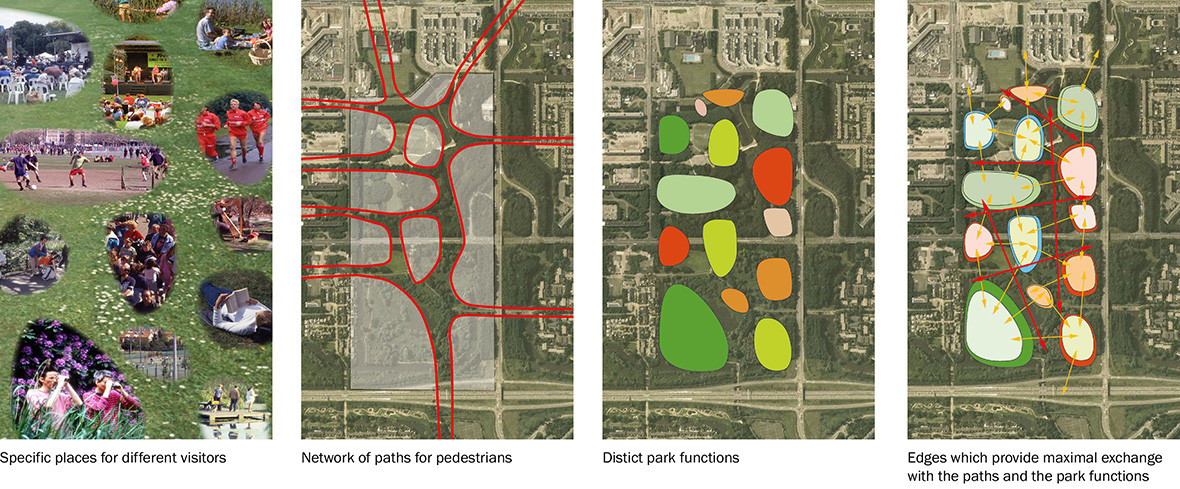
The new Bijlmer Park has varying degrees of public character, depending on the time of the day, week or month. It is a park in which one can turn sections ‘on or off’, according to the usage at that moment. In this way the relationship between public and private can be interpreted in new ways. The basis is a network of connections, not designed as pathways but as a park within a park. In this way a new urban landscape arises, where the main accent lies on a pleasant and safe green space for this district of the city.
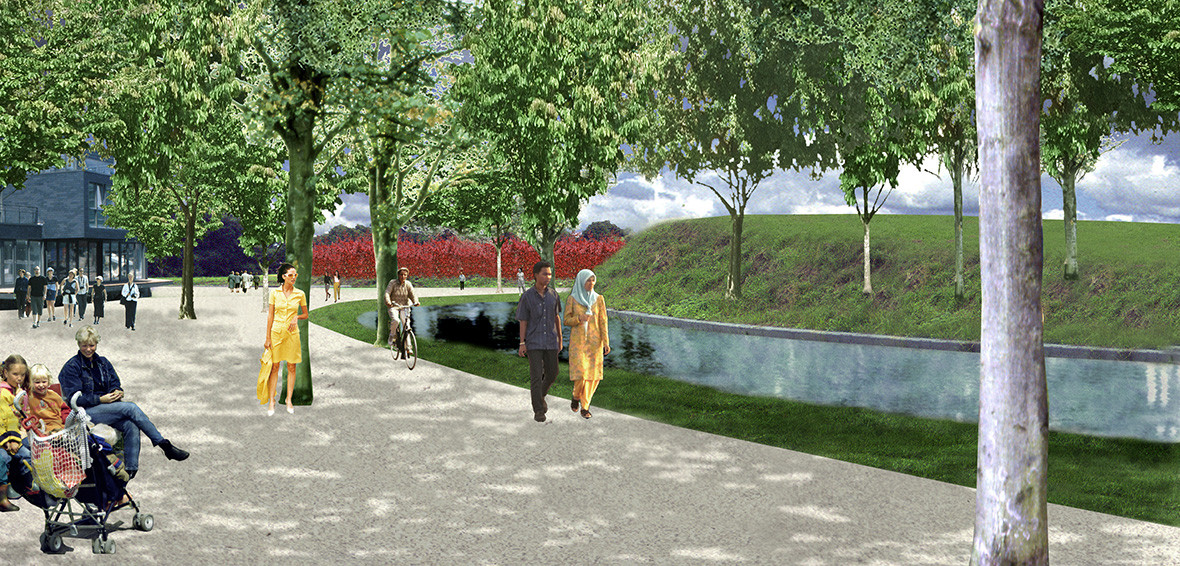
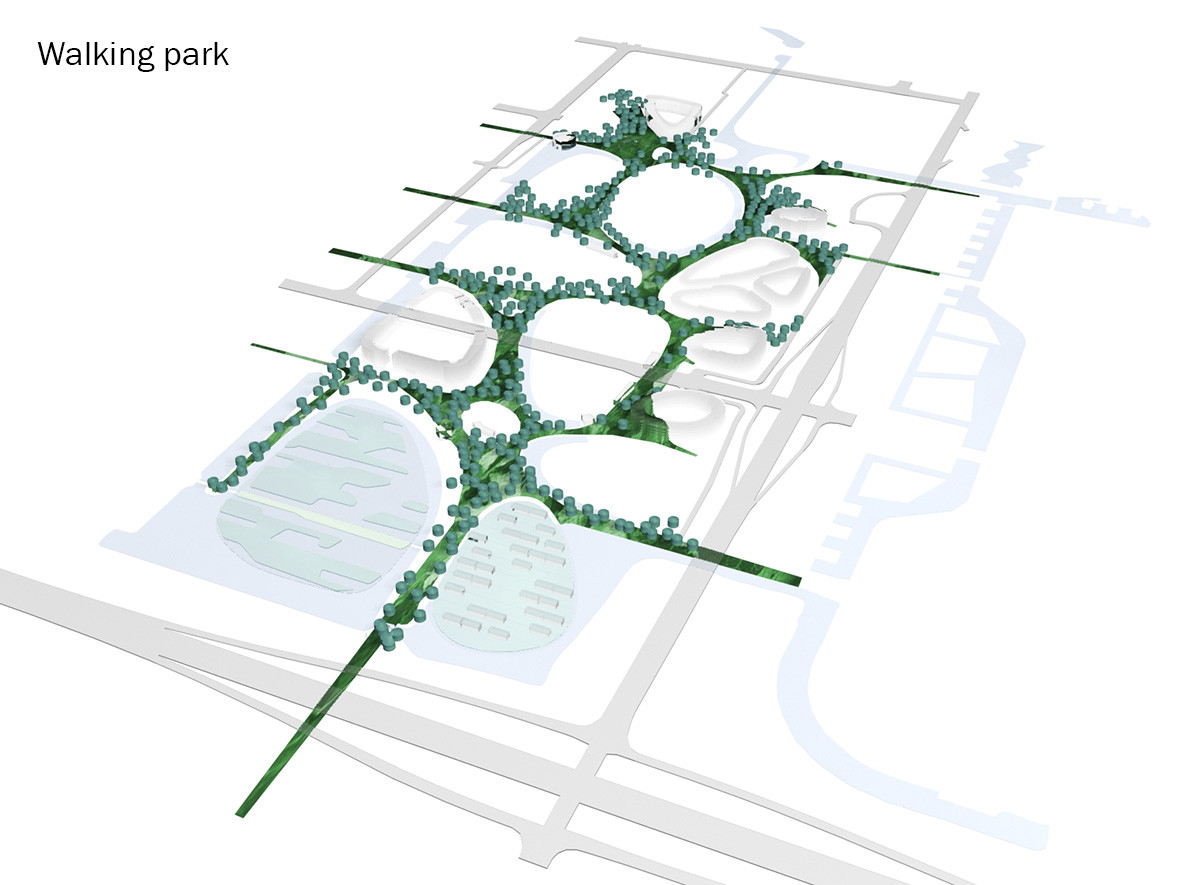
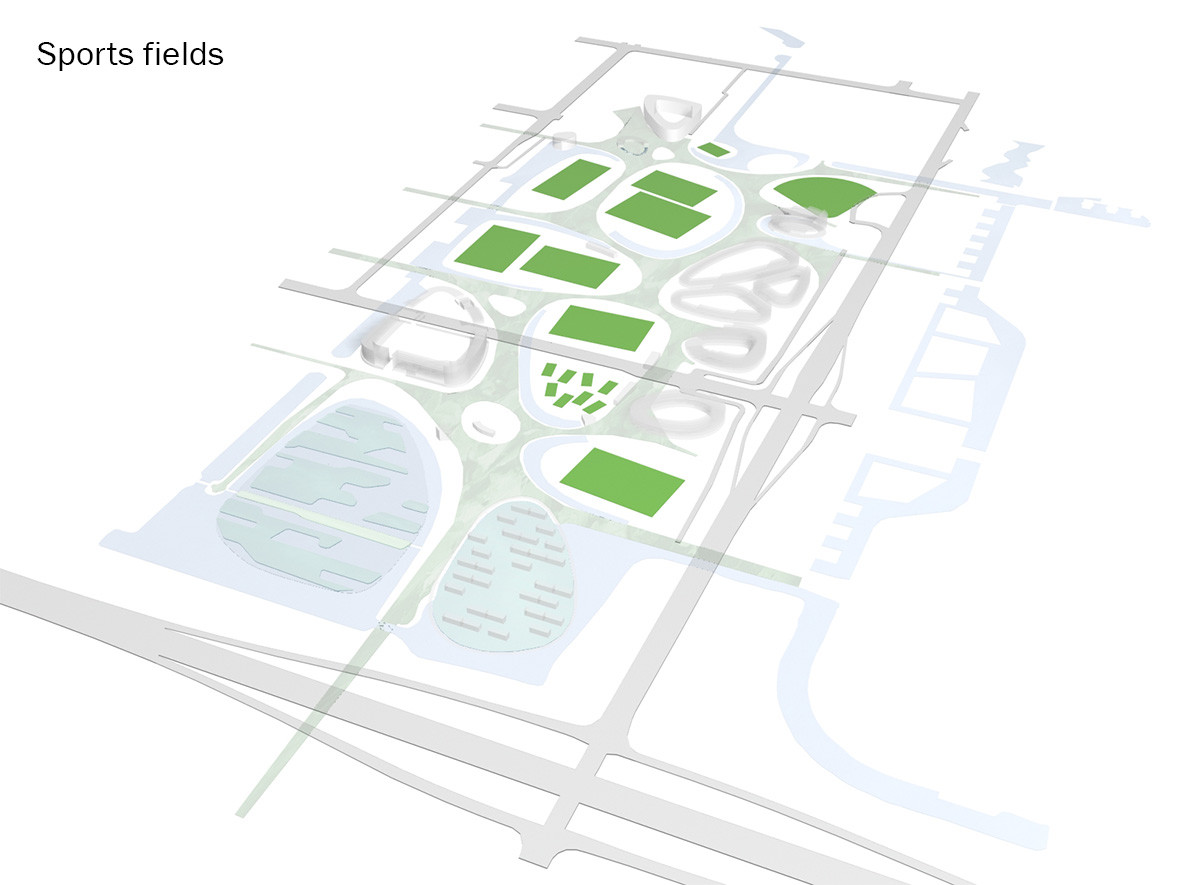
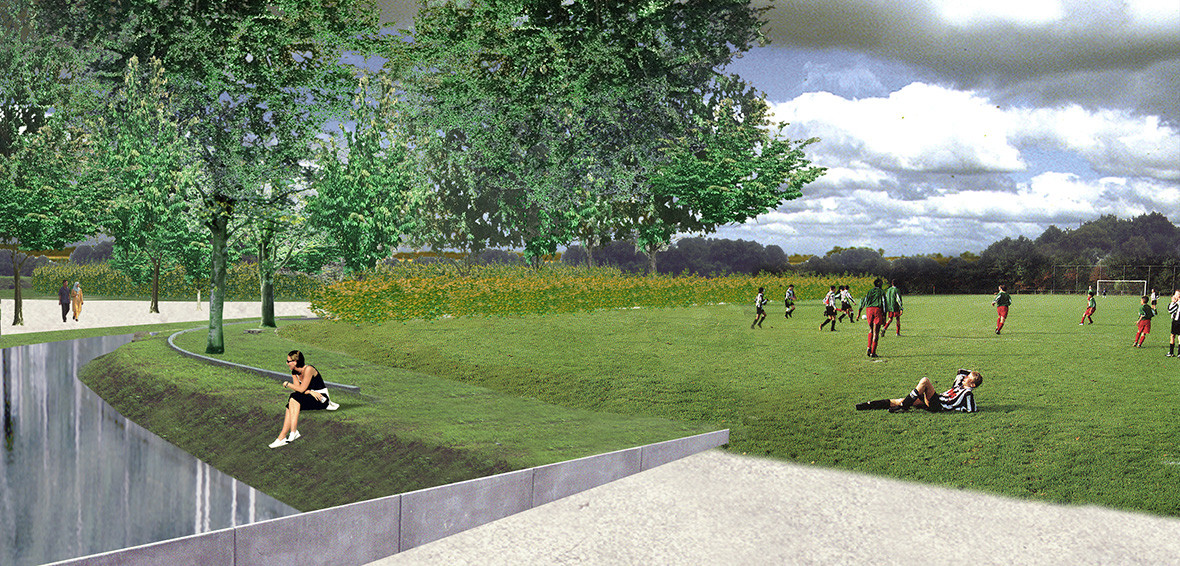

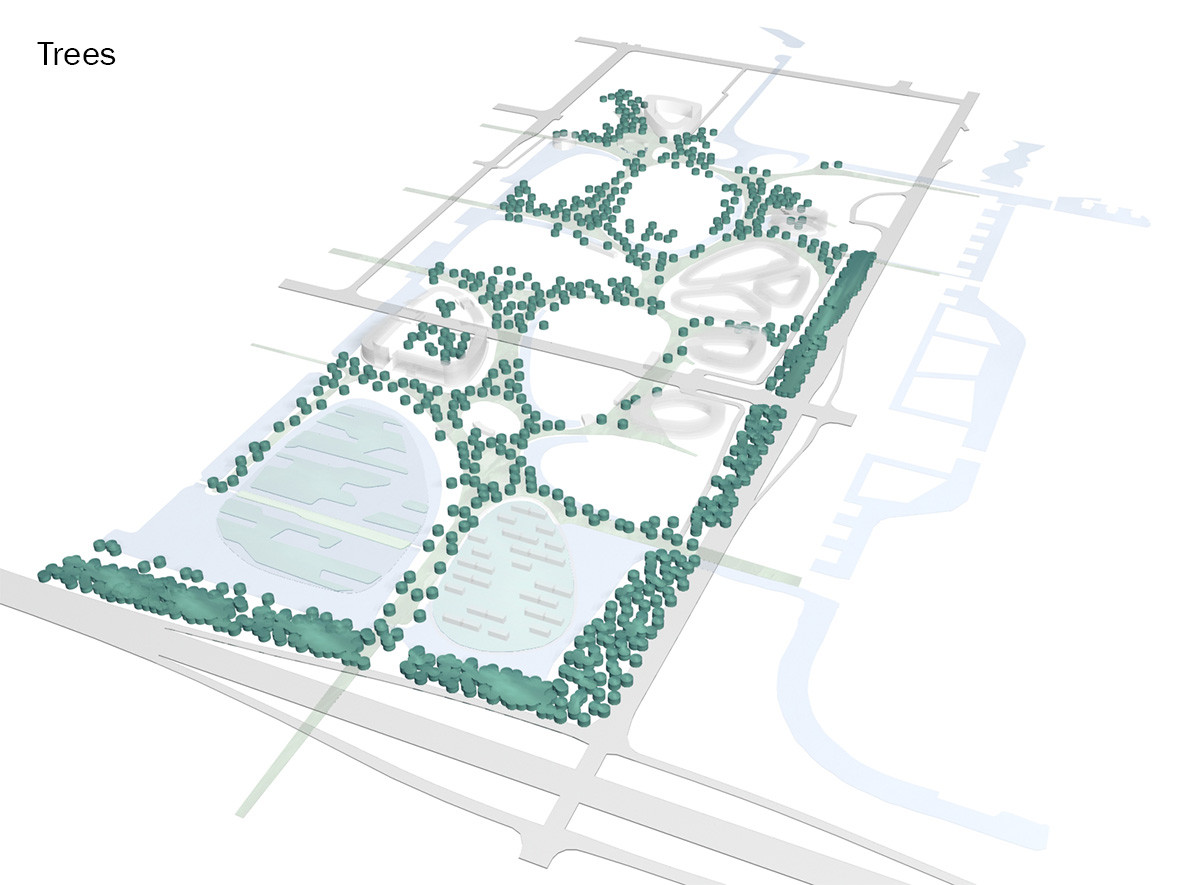
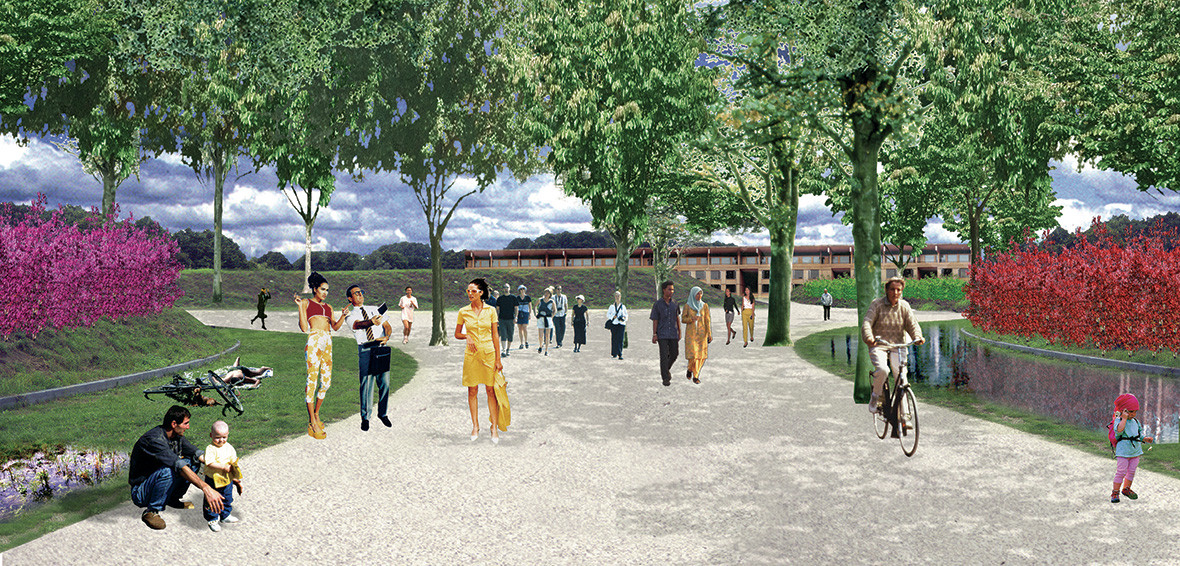
| Location. | Amsterdam, Netherlands |
|---|---|
| Assignment | Design city park |
| Size | 45 hectare |
| Design | 2003 |
| Status | Competition entry |
| Client | Municipality of Amsterdam |
| In collaboration with | Blue Architects |